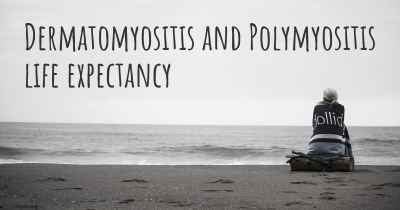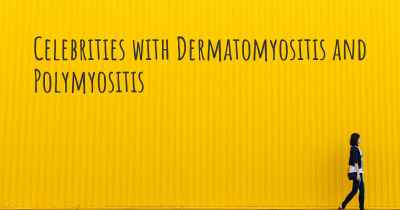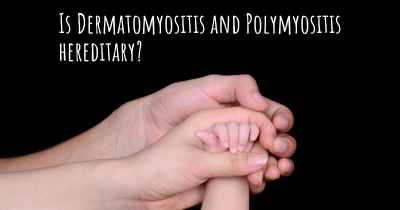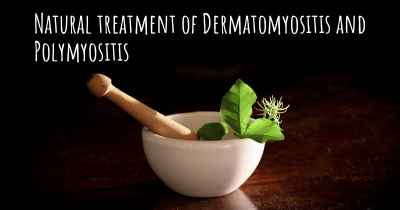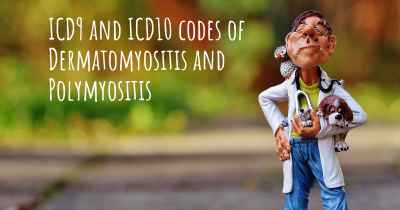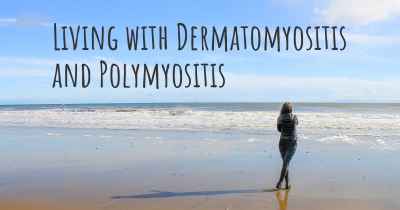Is it advisable to do exercise when affected by Dermatomyositis and Polymyositis? Which activities would you suggest and how intense should they be?
See if it is advisable for people with Dermatomyositis and Polymyositis to practice sports and which ones are the most recommended if you have Dermatomyositis and Polymyositis
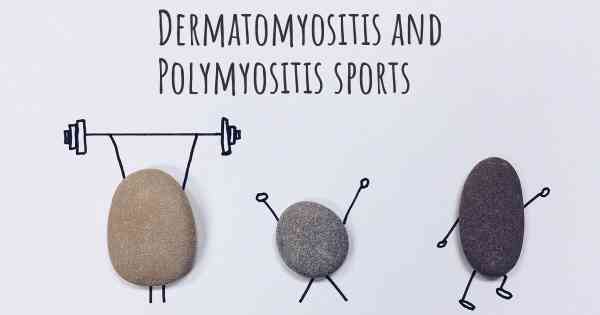
Is it advisable to do exercise when affected by Dermatomyositis and Polymyositis?
When dealing with conditions like Dermatomyositis and Polymyositis, it is important to approach exercise with caution and consult with a healthcare professional before starting any exercise program. These are chronic inflammatory muscle diseases that can cause muscle weakness, fatigue, and other symptoms. However, exercise can still play a beneficial role in managing these conditions.
Benefits of Exercise for Dermatomyositis and Polymyositis
Regular exercise can provide several benefits for individuals with Dermatomyositis and Polymyositis:
- Improved muscle strength: Exercise can help strengthen the muscles, which may help counteract the weakness caused by these conditions.
- Increased flexibility: Stretching exercises can improve flexibility and range of motion, reducing the risk of muscle stiffness and contractures.
- Enhanced cardiovascular health: Engaging in aerobic exercises can improve cardiovascular fitness, which is important for overall health and well-being.
- Mood improvement: Exercise releases endorphins, which can help improve mood and reduce symptoms of depression or anxiety that may accompany these conditions.
- Weight management: Regular physical activity can help maintain a healthy weight, which is important for managing these conditions and reducing strain on the muscles and joints.
Recommended Exercises for Dermatomyositis and Polymyositis
While exercise can be beneficial, it is crucial to choose activities that are safe and appropriate for individuals with Dermatomyositis and Polymyositis. Here are some recommended exercises:
- Low-impact aerobic exercises: Activities like walking, swimming, or cycling can provide cardiovascular benefits without putting excessive strain on the muscles and joints.
- Strength training: Light resistance exercises using bands or light weights can help improve muscle strength. It is important to start with low resistance and gradually increase as tolerated.
- Stretching exercises: Gentle stretching exercises can help improve flexibility and reduce muscle stiffness. It is important to avoid overstretching or holding stretches for too long.
- Balance and coordination exercises: Activities like yoga or tai chi can help improve balance and coordination, reducing the risk of falls.
Exercise Intensity and Progression
When starting an exercise program, it is crucial to begin at a low intensity and gradually increase as tolerated. This allows the body to adapt and minimize the risk of exacerbating symptoms or causing injury. Here are some guidelines:
- Start slow: Begin with shorter durations and lower intensities, gradually increasing over time.
- Listen to your body: Pay attention to how your body responds to exercise. If you experience increased pain, weakness, or fatigue, it may be a sign to reduce the intensity or take a break.
- Rest and recovery: Allow for adequate rest and recovery between exercise sessions to prevent overexertion and promote muscle repair.
- Work with a professional: Consider working with a physical therapist or exercise specialist who can tailor an exercise program to your specific needs and monitor your progress.
Conclusion
While exercise can be beneficial for individuals with Dermatomyositis and Polymyositis, it is important to approach it with caution and seek guidance from a healthcare professional. Engaging in appropriate exercises, such as low-impact aerobic activities, strength training, stretching exercises, and balance exercises, can help improve muscle strength, flexibility, cardiovascular health, and overall well-being. Remember to start slowly, listen to your body, and gradually increase intensity as tolerated. With proper guidance and monitoring, exercise can be a valuable component of managing these conditions.
Exercising may increase inflammation if patient is never treated with immunosuppressant
Regular exercising will show patient if the inflammation is back again and needs treatment
Posted Oct 21, 2020 by Omneya Ashraf 1380
Posted Mar 22, 2017 by Natalia 1070
Posted Sep 29, 2017 by Gislaine 1100
